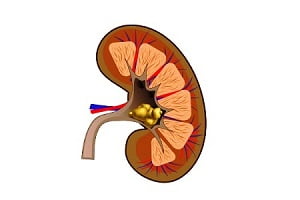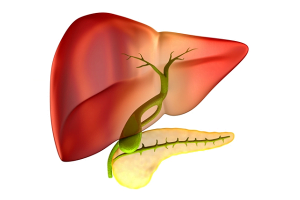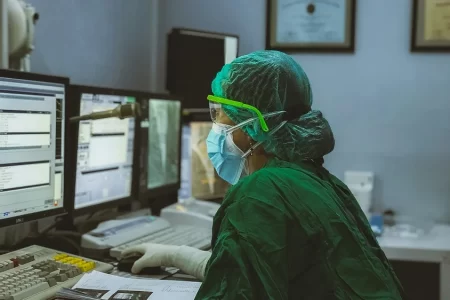
Source: Pexels
Hearing about a cancer diagnosis isn’t surprising these days. It’s becoming widely prevalent among people of all ages, but especially in adults at younger ages before they turn 50. However, some rare types of cancers may go unnoticed because of their lack of awareness and low prevalence.
Learning about these rare types of cancers and their risk factors is necessary to help with early detection and prevention efforts. Taking early precautionary steps beforehand can help improve steps for those diagnosed with these rare cancers.
What Defines Rare Cancer?
Rare cancers are those cancers that occur in fewer than 15 out of 100,000 people each year. This rareness makes it difficult for healthcare professionals to prevent, diagnose, or treat them because of their limited experience in recognizing them. This may also make it extra challenging for patients to battle such a cancer.
Most rare cancers may have subtle or non-specific symptoms that could be mistaken for common illnesses. Overlooking their signs can result in delayed diagnosis or even misdiagnosis.
Rare cancers also receive limited research compared to more common ones, which can yield fewer treatment options and less understanding of underlying causes. The small number of patients with rare cancers makes it challenging to conduct large-scale clinical trials to test new treatments. Patients may also need to travel long distances to find specialists with expertise in their specific condition.
Common Types of Rare Cancers
While specific types of rare cancers may vary, some of the known infrequent cancers can include:
1. Neuroendocrine Tumors (NETs):
Neuroendocrine tumors are rare, malignant, or benign tumors originating from neuroendocrine cells in different organs, such as the gastrointestinal tract, pancreas, or lungs. They differ in growth rate and are distinguished as slow-growing and aggressive. If the tumor is hormone-secreting, signs may be flushing, diarrhea, and acute abdominal pain. Management of the condition depends on tumor type and its invasiveness, and treatment options may include surgery, radiation, and hormone therapies.
2. Mesothelioma
Mesothelioma is a rare but aggressive cancer caused primarily by asbestos exposure. It affects the lining of the lungs (pleural), abdomen (peritoneal), heart (pericardial), or testicles (testicular). When asbestos is inhaled, it settles in the linings of the organs and causes cellular changes over time. The prognosis is generally poor. That is why awareness of mesothelioma cancer and prevention of asbestos exposure is crucial.
3. Kidney Cancer
Originating from the kidneys, which filter waste from the blood and produce urine, kidney cancer accounts for a small percentage of all cancers. One of its most frequent subtypes, renal cell carcinoma, commonly occurs in adults, and other types, like Wilms tumors, primarily affect children.
In its early stages, kidney cancer doesn’t show many signs, which makes it difficult to catch right away. Symptoms might include blood in your urine, back or side pain, or unusual tiredness. Treatment depends on how far the cancer has spread and can include surgery to remove the tumor or medication to stop the cancer cells from growing.
4. Pancreatic Cancer
The pancreas’s primary duty is to digest and regulate blood glucose levels. Pancreatic cancer is relatively uncommon, but its unique location and silent progression can make it concerning if left undiagnosed.
Usually, people do not experience apparent signs but vague symptoms, such as mild abdominal discomfort or unexplained weight loss. These symptoms typically emerge only when the disease has reached a particular developmental stage. This delayed onset makes detecting it early and seeking effective treatment challenging.
While pancreatic cancer isn’t very prevalent, it is still the focus of extensive research efforts. Scientists are constantly looking for ways to develop better diagnostic methods and more precise therapies to improve patient outcomes and expect survival types in rare cancer types.
Risk Factors for Rare Cancers
The exact causes of certain rare cancers are still unknown. However, some risk factors can increase the likelihood of developing these diseases. Common risk factors include:
1. Genetic Predisposition
Inherited genetic mutations can increase one’s risk of developing rare cancers. For example, hereditary cancer syndromes like Li-Faumeni syndrome or BRCA1 and BRCA2 gene mutations are linked with multiple types of cancer, including rare forms. Understanding one’s family’s health history and considering genetic counseling can help identify potential risks.
2. Environmental Exposures
Being exposed to environmental toxins can also contribute to the risk of developing rare cancers. For instance, as mentioned earlier, asbestos exposure (naturally occurring minerals made of fine fibers resistant to heat, fire, and other chemicals) in specific industries such as construction or shipbuilding can put workers at risk of mesothelioma.
3. Hormonal and Reproductive Factors
Many hormones used in both clinical and over-the-counter products, especially those used for replacement therapy, may influence cancer risks. For example, many chronic diseases and treatments, such as hormone-replacement therapy (HRT), have a small risk factor for some types of rare cancer. Similarly, reproductive history factors can also explain cancer risks for both sexes, including the age at which pregnancy is likely to occur and the number of pregnancies.
Endnote
Understanding rare cancers and their risk factors is essential to improving awareness, diagnosis, and support for those affected. Gaining knowledge, along with precautionary measures, can help in early detection and provide better outcomes.






